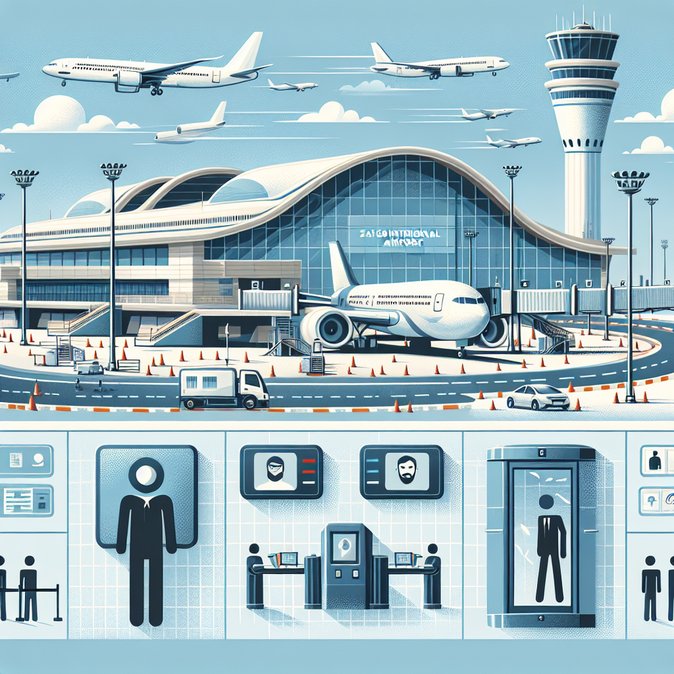
Abu Dhabi Airports confirmed on 30 October that its flagship Zayed International Airport has switched on biometric face-recognition at five of the nine passenger touch-points, with full deployment scheduled for early 2026. The technology—the first of its scale in the Gulf—allows travellers to move from check-in to boarding without showing a passport or boarding pass, cutting processing time from about 25 seconds to as little as seven.
Managing Director & CEO Elena Sorlini told Khaleej Times that facial templates are captured once at bag-drop or a self-service kiosk and encrypted in the airport’s backend. From there, AI-enabled cameras validate identity at immigration e-gates, duty-free payment points, lounge entrances and boarding bridges. A live pilot for transfer passengers is under way; when complete, connecting travellers will no longer need to re-present documents in Abu Dhabi.
For corporate travel managers the upgrade promises faster minimum connection times and more predictable door-to-door itineraries through the UAE capital—a growing competitor to Dubai for long-haul links. Abu Dhabi Airports is also developing a digital-twin platform that ingests data from airlines and ground handlers to predict congestion and dynamically redeploy staff—capabilities that could further reduce delays during peak events such as COP28 or Formula 1.
The push aligns with the UAE’s wider ‘Travel Without Borders’ vision, which envisages paperless clearance at all entry points by 2030. Dubai is experimenting with similar walk-through tunnels, and flydubai has installed smart biometric gates for crew. As the region pioneers seamless travel, expatriate employees and frequent flyers should ensure their passports are ICAO e-compliant and their profile is enrolled in the UAE’s Smart Travel system to avoid manual lanes.
Zayed International handled 33 million passengers in 2025—nearly double 2022 levels—and has already commissioned consultants to plan an expansion that would lift capacity beyond 45 million by 2032. Biometric processing is expected to delay costly bricks-and-mortar additions while maintaining service levels.
Managing Director & CEO Elena Sorlini told Khaleej Times that facial templates are captured once at bag-drop or a self-service kiosk and encrypted in the airport’s backend. From there, AI-enabled cameras validate identity at immigration e-gates, duty-free payment points, lounge entrances and boarding bridges. A live pilot for transfer passengers is under way; when complete, connecting travellers will no longer need to re-present documents in Abu Dhabi.
For corporate travel managers the upgrade promises faster minimum connection times and more predictable door-to-door itineraries through the UAE capital—a growing competitor to Dubai for long-haul links. Abu Dhabi Airports is also developing a digital-twin platform that ingests data from airlines and ground handlers to predict congestion and dynamically redeploy staff—capabilities that could further reduce delays during peak events such as COP28 or Formula 1.
The push aligns with the UAE’s wider ‘Travel Without Borders’ vision, which envisages paperless clearance at all entry points by 2030. Dubai is experimenting with similar walk-through tunnels, and flydubai has installed smart biometric gates for crew. As the region pioneers seamless travel, expatriate employees and frequent flyers should ensure their passports are ICAO e-compliant and their profile is enrolled in the UAE’s Smart Travel system to avoid manual lanes.
Zayed International handled 33 million passengers in 2025—nearly double 2022 levels—and has already commissioned consultants to plan an expansion that would lift capacity beyond 45 million by 2032. Biometric processing is expected to delay costly bricks-and-mortar additions while maintaining service levels.









